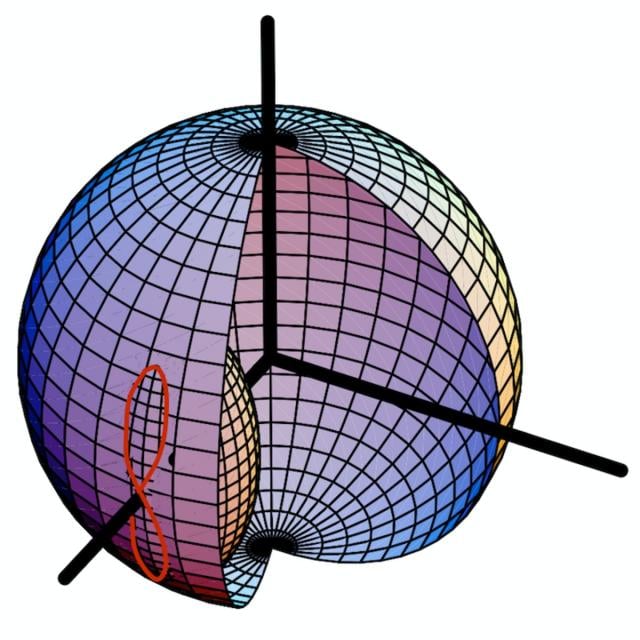MOOC List is learner-supported. When you buy through links on our site, we may earn an affiliate commission.

MOOC List is learner-supported. When you buy through links on our site, we may earn an affiliate commission.
After this course, you will be able to...
*Derive from basic angular momentum formulation the rotational equations of motion and predict and determine torque-free motion equilibria and associated stabilities
* Develop equations of motion for a rigid body with multiple spinning components and derive and apply the gravity gradient torque
* Apply the static stability conditions of a dual-spinner configuration and predict changes as momentum exchange devices are introduced
* Derive equations of motion for systems in which various momentum exchange devices are present
Please note: this is an advanced course, best suited for working engineers or students with college-level knowledge in mathematics and physics.
Course 2 of 4 in the Spacecraft Dynamics and Control Specialization.
Syllabus
WEEK 1
Continuous Systems and Rigid Bodies
The dynamical equations of motion are developed using classical Eulerian and Newtonian mechanics. Emphasis is placed on rigid body angular momentum and kinetic energy expression that are shown in a coordinate frame agnostic manner. The development begins with deformable shapes (continuous systems) which are then frozen into rigid objects, and the associated equations are thus simplified.
WEEK 2
Torque Free Motion
The motion of a single or dual rigid body system is explored when no external torques are acting on it. Large scale tumbling motions are studied through polhode plots, while analytical rate solutions are explored for axi-symmetric and general spacecraft shapes. Finally, the dual-spinner dynamical system illustrates how the associated gyroscopics can be exploited to stabilize any principal axis spin.
WEEK 3
Gravity Gradients
The differential gravity across a rigid body is approximated to the first order to study how it disturbs both the attitude and orbital motion. The gravity gradient relative equilibria conditions are derived, whose stability is analyzed through linearization.
WEEK 4
Equations of Motion with Momentum Exchange Devices
The equations of motion of a rigid body are developed with general momentum exchange devices included. The development begins with looking at variable speed control moment gyros (VSCMG), which are then specialized to classical single-gimbal control moment devices (CMGs) and reaction wheels (RW).
MOOC List is learner-supported. When you buy through links on our site, we may earn an affiliate commission.
MOOC List is learner-supported. When you buy through links on our site, we may earn an affiliate commission.
